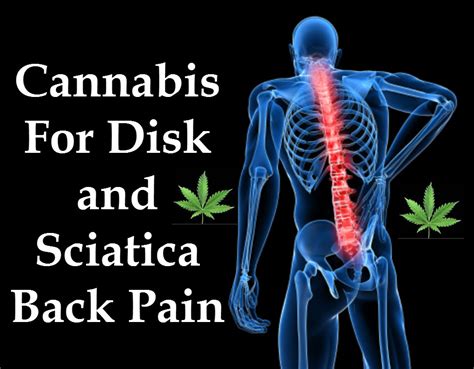When considering medical cannabis as a treatment for pain, the question arises: does it genuinely provide relief, or could a placebo effect be at play? There’s evidence to suggest that even a cannabis placebo—designed to mimic marijuana in every aspect except the active ingredients—may have a comparable impact on pain relief. This brings an element of doubt into discussions about the efficacy of cannabinoids, the active components in marijuana.
Amidst the variety of delivery methods for medical cannabis—ranging from gummy bears and lotions to edibles and pills—there’s an increasing need to discern facts from misinformation. While some studies have shown that marijuana may alleviate the discomfort of multiple sclerosis and other types of nerve pain, the sedative effects of traditional pain medications like Neurontin, Lyrica, or opiates highlight the need for alternative solutions with fewer side effects.
The potential benefits of medical marijuana for conditions such as HIV-related pain and wasting syndrome have been noted, yet the need for further research remains. Investigations into CBD for neuropathic pain and the efficacy of synthetic cannabinoids suggest a broader spectrum of possible medical applications, but conclusive evidence is still lacking.
The historical context of cannabis as a remedy for nerve pain, dating back to its prescription by U.S. physicians and availability in pharmacies, contrasts with the federal government’s restrictions initiated in 1937. This dichotomy introduces another layer of complexity to the conversation about its modern therapeutic role. Furthermore, the administration method of medical cannabis can significantly affect both the onset and duration of its therapeutic effects. For instance, inhalation provides rapid relief but may lead to lung irritation or chronic bronchitis, whereas oral consumption results in a longer-lasting effect, reducing the need for frequent dosing.
Considering these factors, individuals interested in medical marijuana must seek credible information from trusted medical sources before proceeding with its use. The mixed evidence and ongoing debates about the advantages and limitations of medical marijuana underscore the necessity for more rigorous and conclusive research studies.

In the current landscape, medical marijuana is not a simple subject. The persistent inquiry into its pain-relieving abilities amidst historical use and modern scrutiny reflects a medical community still in search of definitive answers.